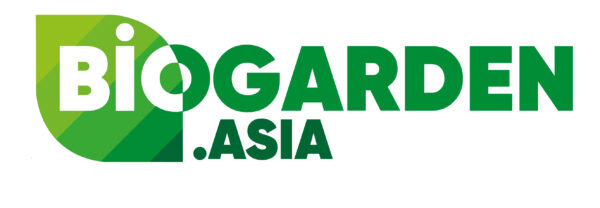No products in the cart.
NEWS
The Benefits of Drones in Agribusiness
There are several ways in which many farmers, ranchers and vineyard owners, large and small, are using drones to help optimize and streamline their agribusiness operations.
1. Save Time
Maintaining land, crops, stables and livestock is hands-on work, and that can take a lot of time. Even smaller hobby farmers may spend countless hours walking their land to spot potential issues before they become bigger problems. However, there’s only so much one can see on foot.
Drone technology provides agribusinesses with more in-depth results in real time. With images collected from a farming drone, agribusiness owners can get high-definition photos, videos and data within minutes.7 With a bird’s-eye view, it’s easier to see the bigger picture, spot crop issues or potential safety problems and act quickly.
2. Help Troubleshoot Potential Problems
Drones may also help troubleshoot issues. Traditionally, monitoring involves searching for problems that you may not discover until it’s too late to remedy them. Instead, agriculture small business owners can use an ag drone to monitor critical areas such as irrigation systems for potential leaks or damage before it becomes a significant issue, harming crops. The United States Department of Agriculture recently started using drones to sample water in irrigation ponds for E. coli contamination.8 A farming drone can help identify potentially dangerous chemicals or bacteria. That can help prevent farmers and ranchers from using contaminated water for crops and livestock, reducing the risk to those assets and end consumers.
3. Provide Better Data and Cost Savings from Better Images
Before ag drone technology, many farmers relied on satellite imagery from the U.S. Department of Agriculture for aerial views of their properties.9 While these images are high quality, they typically could only zoom in so far, and it could take weeks before the images were available to view.10
Today, basic drones can scan large plots in shorter periods than larger manned aircraft, often in a single flight.11 Plus, drones can more easily and economically fly multiple times during the season.
In addition to the time savings, high-resolution drone imagery offers more insights compared to more pixelated satellite images.12 Farmers and ranchers can compile data from drones and get a clearer picture of crop growth, health and soil moisture, enabling them to make more informed decisions.13 When every dollar counts, getting better information while saving money could help your business.
4. Improve Health and Safety
Safety is often a primary concern for agribusiness, and ag drones have the potential to help improve this in critical ways. For example, if a tract of agricultural land is potentially dangerous or difficult to travel, drones can be used to map the area rather than send workers or surveyors. Additionally, after a storm, agribusiness owners can use drones to assess wind, fire or hail damage first, protecting worker safety and helping to speed up the claim process.
The same is true for monitoring livestock. For example, if you suspect some of your livestock is sick or injured, drones can help you track their movement and potentially spot lethargic animals who may need help.14 Drones equipped with thermal imagery can be used to check livestock temperatures, which can indicate illness or infection within the herd.15
5. Help Reduce Environmental Impact
Rather than spraying an entire field, which can lead to a negative environmental impact, agriculture drones for spraying can apply spot treatments of pesticides and fertilizers.16 This can help reduce agricultural runoff and chemical drift, benefiting nearby crops and the soil. Using drones for spot jobs in place of large full-field sprayers or crop dusters can also help reduce air-polluting emissions, as well as decrease input costs for farmers.



